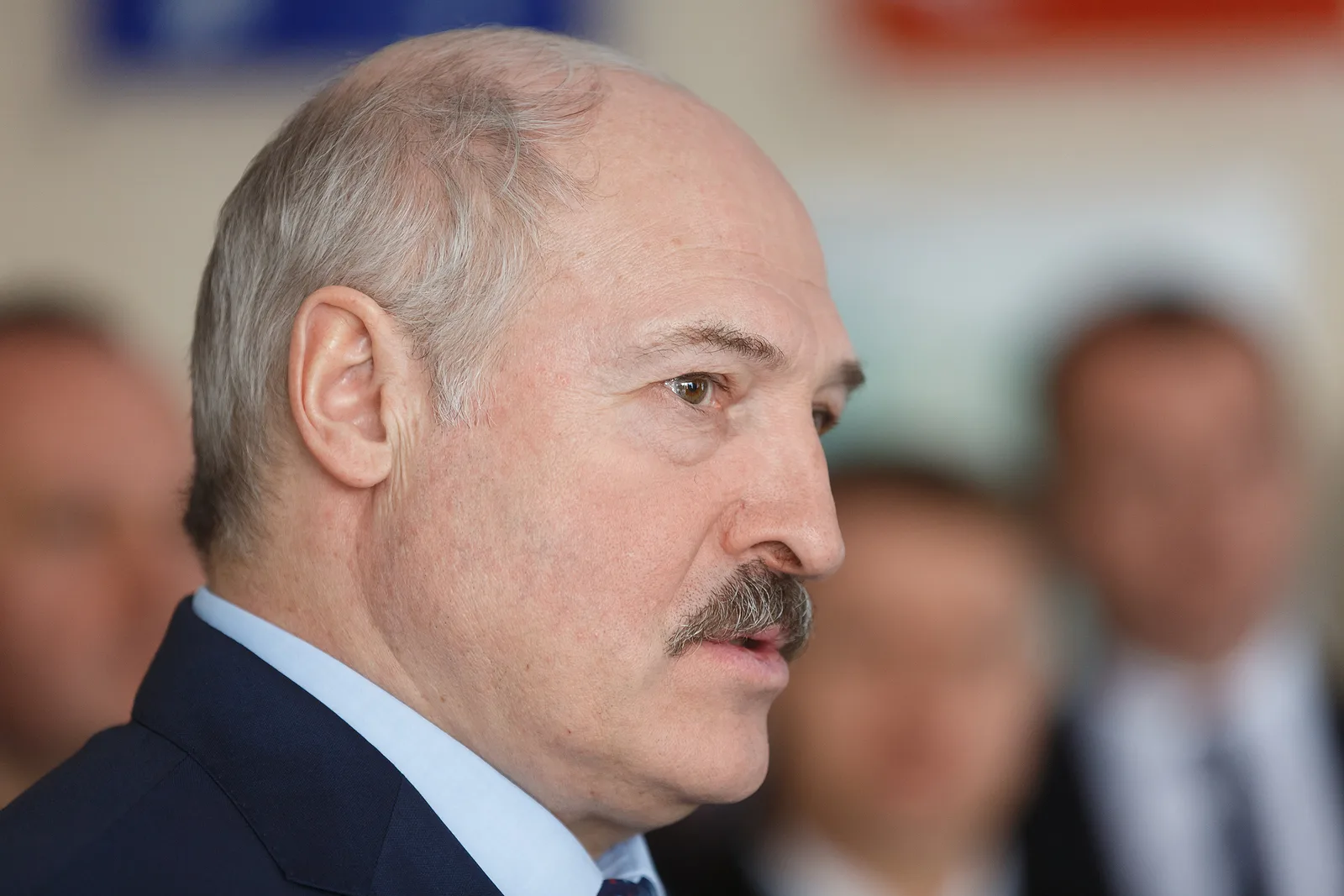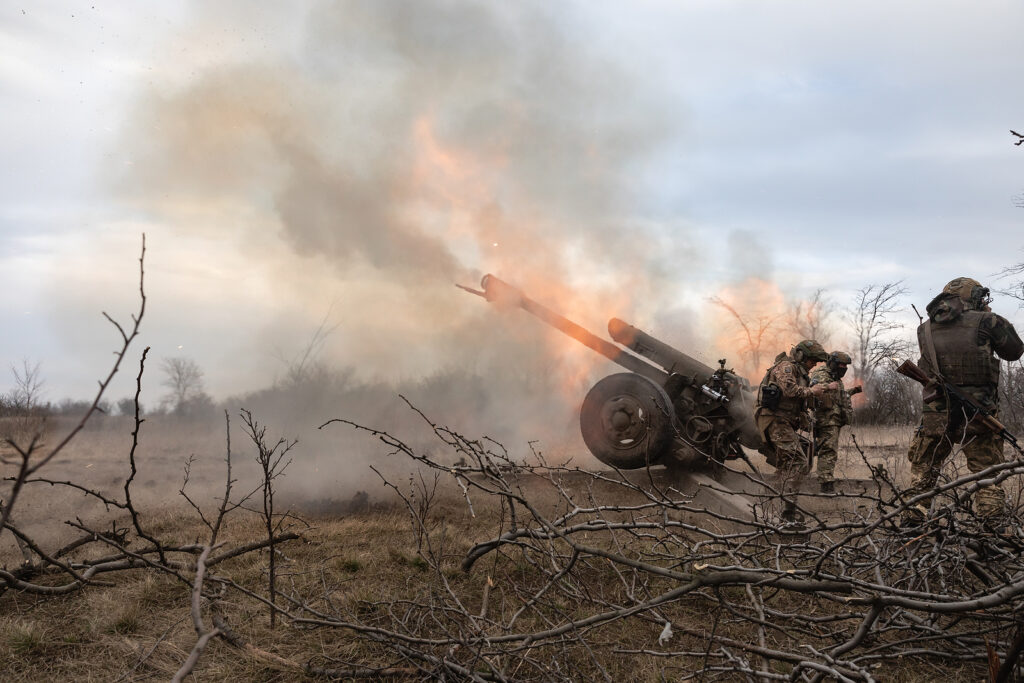While popular support for Ukraine remains high, tangible assistance is becoming harder to obtain. What at first looked like simple bureaucratic pauses in supplying Ukraine with what it needs now looks like a shift in geopolitical thinking in the West.
The Western coalition remains Ukraine’s key strategic partner, but that doesn’t guarantee an absence of disagreements, some of which are important.
On the one hand, the Ukrainian government indeed can’t say how many more weapons and much more money it needs to win the war against the Russian invader—a problem given that Western politicians prefer clear calculations on how to achieve a positive result.
On the other hand, barely anyone will argue that the war is unpredictable, and that it’s not Ukraine’s fault that its wartime needs resemble a deep, endless well.
Then, take a look at the fresh statement made by Vasyl Bodnar, the Ukrainian ambassador to Turkey. He says that Israel has received a number of weapons for its fight against Hamas, weapons initially supposed to be supplied for Ukraine’s defensive needs. That means the West clearly sees gains can be made by supporting Israel, where a quicker and easier win (compared with Ukraine) is on offer.
US Secretary of State Antony Blinken is currently spending a huge amount of his time visiting Israel and neighbouring countries to help resolve the Israel-Palestine conflict. With tonnes of expertise on all kinds of Middle Eastern developments, the US administration feels it understands Israel’s fight better and is able to contribute. It understands the nature of warfare, the tactics and tangible side of fighting—money, weapons, resources, correlation between investments in Israel’s army and its results.
Ukraine’s war is different
With Ukraine, it’s different. In the hesitations that many US politicians have about supplying long-range missiles to Ukraine, we can see that there’s serious disagreement among them about how the Ukrainian army is fighting the war.
They expect Ukrainian soldiers to fight the way their American colleagues would. However, the Ukrainian army doesn’t have in its arsenal what the US army usually has for its operations. First and foremost, a critically important advantage in the skies. Our war against Russia has elements largely seen in World War I and World War II, while Western tactical training usually employs different models for practical warfare.
Ukraine’s attempts at a counteroffensive led to an increased amount of losses among troops—that’s why our generals decided not to proceed further, at least not now. It’s hard to replace experienced soldiers in the Ukrainian army; good training takes at least six months, no less. We can’t afford to lose people—this will affect the army’s morale and its fighting capacity. The realistic answer to Ukraine’s worries might be: ‘Well guys, you can’t carry out a counteroffensive without losses—either you regain territory or you keep your soldiers alive and healthy’.
Ukraine’s response to this looks something like this: ‘We need much more solid support for any counteroffensive, including more artillery and aircraft, we can’t allow our troops to go forward without deploying more weapons’.
It’s a tough dilemma, which is why Ukraine’s fight against the Russian occupants now looks endless. Since it became clear that no quick victory was in sight, the West has reassessed what it should be doing to help Ukraine, always keeping in mind any potential geopolitical dividends.
No peace without victory
Before the presidential elections later this year, US President Joe Biden wants to finalise his role in helping Ukraine to present it to his voters. This is about either, “I/we helped Ukraine win” or “I/we helped them survive and make peace”.
For if the West can’t help Ukraine win in the foreseeable future, then the other option is peace. Is peace possible now? Most Ukrainians think it is not and the Ukrainian government agrees. So we are stuck in a situation where we dream of victory, but can’t get it quickly—and our position is not shared by some in the West.
There is another argument among some: the West has achieved what it wanted in Ukraine, destroying Russia’s military might by helping the Ukrainian army. As such, it no longer feels like investing in Ukraine’s war. It’s a cynical approach, but one which might also be viewed as realistic. Now, it’s too easy to tell Ukraine that it should become more self-reliant and develop its own production of weapons.
Ukrainians think this is somewhat unfair, since Ukraine is doing the hardest part—deploying its own people to the frontlines. This is a critically important factor.
Just recently, on January 9, US presidential candidate Nikki Haley said that American taxpayers should fund Ukraine’s fight if they don’t want to see American soldiers on the ground.
The Romanian government issued a statement not so long ago implying that it would rely totally on NATO if Russia created any military problems. According to a recent poll, only 17 per cent of Germans said that they were prepared to take up arms if their country was attacked.
Everyone wants somebody else to fight their war. Unfortunately, Ukraine can’t afford such sentiment—it must keep fighting.
It’s now again time to say that we shouldn’t lose hope in Ukraine’s success. But this is an argument which you can’t really sell in Ukraine anymore—people want tangible assistance in order to achieve tangible results.
So I’ll be more precise: let’s have not an abstract hope that the good wins over evil. Let’s hope that the West and Ukraine will understand each other better. That would help—and quite a lot.







